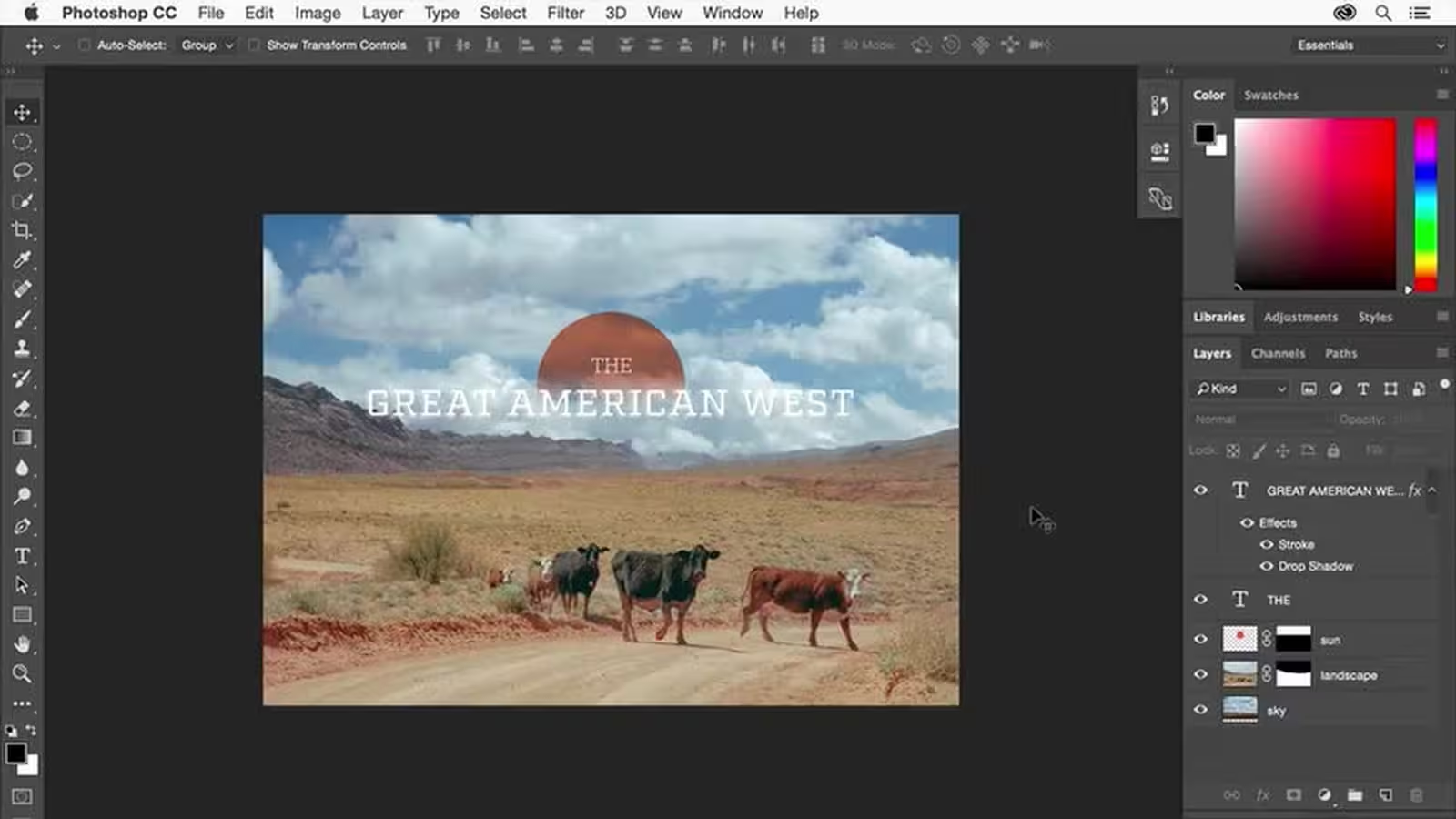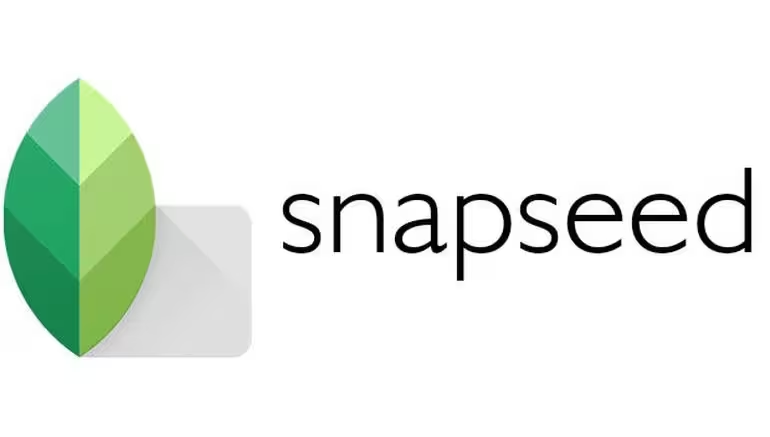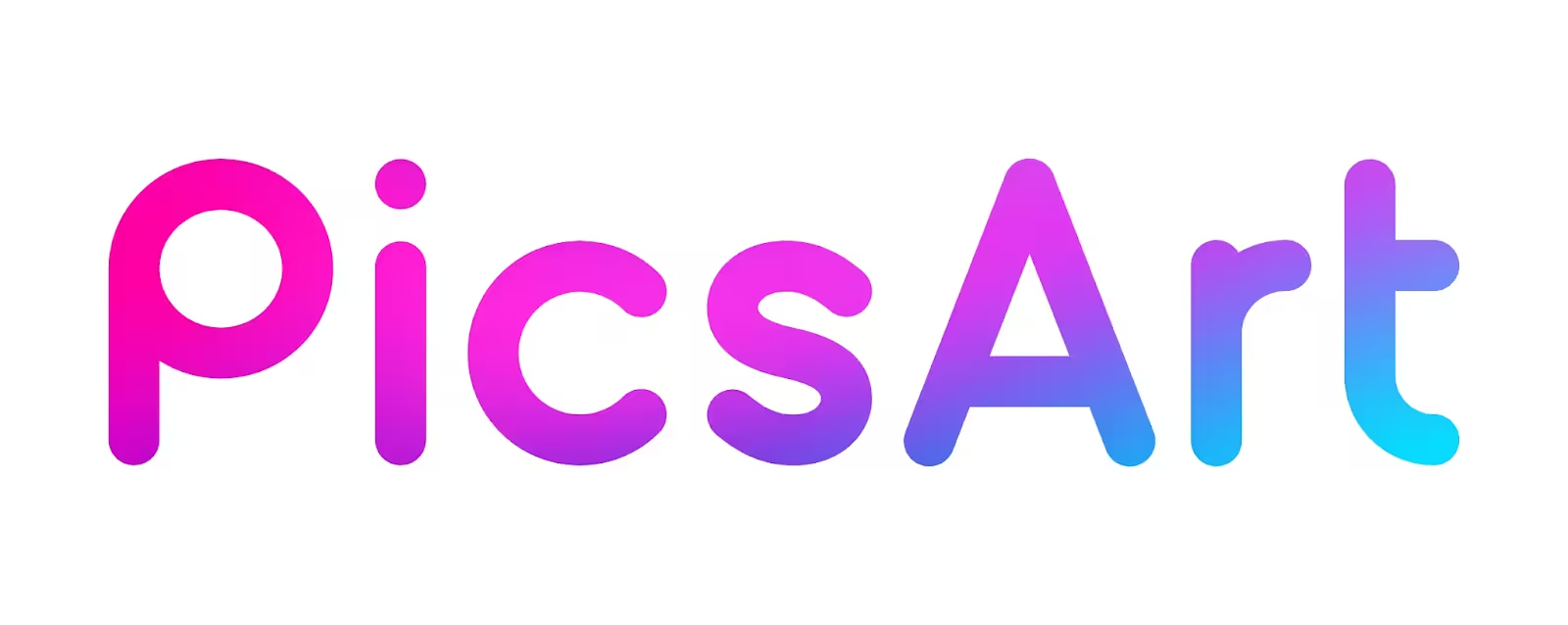Have you ever taken the perfect shot only to realize there's an annoying object in the background? Whether it's a stray cup, a random person, or a distracting shadow, unwanted elements can quickly ruin an otherwise great photo. But don’t worry—you don’t have to start over every time. With the right photo editing tools, you can easily remove those distractions and make your images shine.
In this guide, we’re diving into the best photo editors to remove objects, showing you the tools that can help you clean up your photos and bring the focus back to what matters. Whether you're a beginner or an experienced photographer, these tools are designed to make your life easier and your photos look polished. Let’s find out which one is perfect for you!
What is Object Removal in Photography?
Object removal in photography refers to the process of eliminating unwanted elements from an image. These could be anything from a trash can in the background, to a distracting power line, or even a person walking through the shot. While these objects might seem small, they can take attention away from the main subject, ruining the overall composition of your photo.
In the past, removing these distractions meant reshooting or manually editing the image in complex ways. But today, with the help of advanced photo editing tools, removing unwanted objects is easier than ever. Whether you're cleaning up a portrait, enhancing a landscape, or simply removing a logo from a product photo, the right software can make your job quick and effortless.
By removing distractions, you allow the viewer’s attention to stay on the subject, whether that’s a beautiful piece of jewelry, a scenic view, or a perfectly posed model. Proper object removal can elevate the quality of your photos, making them look more professional and polished.
Top Photo Editors for Removing Objects
There are plenty of photo editors out there that claim to help you remove objects, but which ones really get the job done? In this section, we’ll explore some of the best tools available, from desktop software to mobile apps, each offering unique features to help you clean up your images. Whether you’re a professional photographer or someone just looking to tidy up your vacation snaps, there’s a tool for everyone.
1. Adobe Photoshop

Adobe Photoshop is a household name in the world of photo editing. Known for its powerful and precise tools, Photoshop is the go-to choice for professionals who need complete control over their edits. The Content-Aware Fill tool is especially popular for removing unwanted objects from photos.
Object Removal Feature:
Content-Aware Fill allows you to select the object you want to remove, and Photoshop will automatically fill in the selected area by blending it with the surrounding pixels. It’s perfect for removing distractions like people in the background or a stray object that doesn’t belong in the shot.
Pros:
- Highly precise and powerful tool for complex edits.
- Perfect for large or high-resolution images.
- Wide range of editing tools beyond just object removal.
Cons:
- Steep learning curve for beginners.
- Expensive subscription-based pricing.
Best For: Professional photographers and advanced users who need detailed and accurate editing.
Why Choose It: If you need a tool that can handle complex object removal and a variety of other photo-editing tasks, Photoshop is hard to beat.
2. Snapseed

Snapseed is a free, mobile app by Google that offers a range of editing tools, including the Healing feature, which is perfect for removing unwanted objects from your photos.
Object Removal Feature:
The Healing tool in Snapseed works similarly to Photoshop’s Content-Aware Fill, allowing you to simply paint over the object you want to remove. The app then automatically fills in the area with nearby pixels, making it ideal for smaller edits.
Pros:
- Free to use, with no subscription.
- Easy to use, especially for mobile editing.
- Quick and convenient for on-the-go edits.
Cons:
- Limited to smaller edits and basic adjustments.
- Mobile-only, which can be limiting for detailed work.
Best For: Casual users and photographers who need to remove small objects quickly from their mobile photos.
Why Choose It: Snapseed is a great choice if you're looking for an easy-to-use, mobile-friendly tool for removing objects without the hassle of complex software.
3. Pixlr

Pixlr is an online photo editor that’s perfect for quick edits without needing to download any software. It offers both free and premium features and is ideal for users who need a fast solution.
Object Removal Feature:
The Spot Heal tool in Pixlr works by allowing you to brush over unwanted objects, removing them while keeping the rest of the image intact. It’s particularly useful for small objects like blemishes or minor distractions.
Pros:
- Web-based, so no download is required.
- Free with basic features, and affordable premium options.
- Easy to use for beginners.
Cons:
- Limited functionality compared to more advanced software.
- May not be suitable for very high-resolution or complex images.
Best For: Users who want a quick, no-fuss solution for removing objects on the go, without the need for complex software.
Why Choose It: Pixlr is perfect for anyone looking for a simple, free-to-use tool for basic object removal without installing software.
4. Photoleap

Photoleap is an iOS-based app that combines powerful editing features with an intuitive interface. It’s designed to give mobile users professional-level editing tools, including the ability to remove objects with ease.
Object Removal Feature:
Photoleap uses AI-driven technology to detect objects and remove them seamlessly, filling in the area with surrounding pixels. This makes it ideal for users who want precision without much manual effort.
Pros:
- AI-powered tools make edits fast and easy.
- High-quality results with minimal effort.
- Advanced features for mobile editing.
Cons:
- Limited to iOS devices only.
- Some features require an in-app purchase.
Best For: iPhone users who need a professional-quality mobile editing app.
Why Choose It: If you want a quick, intelligent solution for removing objects on your phone, Photoleap offers advanced AI tools that make the process simple and effective.
5. PicsArt

PicsArt is a versatile mobile photo editor that offers a wide range of creative tools. It includes a Clone Tool that can help users remove unwanted objects by duplicating parts of the image.
Object Removal Feature:
The Clone Tool lets you select an area of the photo and replicate it over the object you want to remove. While it may not be as automated as other tools, it’s effective for covering small distractions.
Pros:
- Free with additional features available through in-app purchases.
- Offers a variety of creative tools beyond object removal.
- Great for quick edits with a creative twist.
Cons:
- May not be as precise as more advanced tools.
- Ads in the free version can be distracting.
Best For: Casual users who want an all-in-one app for editing and removing objects with a creative flair.
Why Choose It: PicsArt is ideal for users looking to remove objects while also adding a creative touch to their images.
How to Choose the Right Photo Editor for Object Removal
With so many photo editors available, choosing the right one for your needs can feel overwhelming. To help you make the best choice, consider the following factors that will guide you in picking the tool that’s right for you:
1. Ease of Use
If you’re a beginner or just need to remove a few small objects from your photos, an easy-to-use app or software might be the best fit. Mobile apps like Snapseed or PicsArt offer simple tools that are perfect for quick edits on the go. On the other hand, if you’re more experienced with photo editing and want more control over the details, Photoshop or Photoleap may be better suited to your needs.
Look for an editor that matches your comfort level. If you’re new to photo editing, try starting with simpler, mobile-friendly tools before moving on to more complex software.
2. Platform (Mobile vs. Desktop)
Another important factor is whether you want a mobile or desktop solution. Mobile apps like Snapseed, Photoleap, and PicsArt are convenient for editing on the go, but they may have limitations compared to desktop software. Desktop programs like Adobe Photoshop and Pixlr provide more features, power, and precision for handling larger, more detailed edits.
Consider where you’ll be doing the majority of your editing. If you need flexibility and portability, mobile apps are the way to go. But if you need a more robust tool for high-resolution photos, desktop software will likely serve you better.
3. Price and Budget
Price can be a major deciding factor, especially if you’re just getting started. Free apps like Snapseed and Pixlr provide great tools for basic object removal without any cost. However, for more advanced features and professional-level editing, you might need to invest in a paid tool like Adobe Photoshop or Photoleap.
Many photo editors, like Adobe Photoshop, offer monthly or yearly subscriptions, while others, like Pixlr and PicsArt, offer free versions with optional premium features. Consider how much you’re willing to spend and which features are essential for your needs.
4. Precision and Features
The level of precision you need will also influence your decision. For professional-quality object removal, you’ll want software that offers advanced tools like Content-Aware Fill (in Photoshop) or AI-powered features (in apps like Photoleap). These tools ensure that the area surrounding the removed object blends seamlessly with the rest of the image.
If you only need to remove small, simple distractions, apps like Snapseed or Pixlr will do the job. But if you’re dealing with more complex images and need highly accurate editing, look for software that provides finer control and advanced features.
5. Editing Speed and Workflow
Some tools are better suited for quick edits, while others provide a more detailed and slower editing process. If you’re working with multiple images or need to remove objects quickly, consider an app that offers fast, batch editing capabilities like Pixlr or Snapseed.
For detailed edits, you might prefer software like Photoshop, which gives you greater flexibility but can be slower for quick tasks. Choose an editor that fits the speed and workflow you need based on the type and number of photos you’re working with.
Tips for Effective Object Removal in Photos
Now that you’ve selected the right photo editor for object removal, it's time to make the most of the tool you've chosen. To ensure your edits look natural and polished, follow these tips for effective object removal in your photos.
1. Use the Right Selection Tools
When removing an object, the first step is to properly select it. Most photo editors allow you to manually highlight the object you want to remove. Whether you’re using a lasso tool or a brush tool, make sure you accurately trace the object’s edges. A sloppy selection can leave visible gaps or create harsh lines where the object was removed.
In tools like Photoshop, you can use the Content-Aware Fill tool to make the selection process smoother. If the editor has an Auto Selection feature (like in Snapseed or Photoleap), you can speed up the process by letting the tool automatically select the object for you.
2. Blend the Background Seamlessly
Once you remove the object, you'll likely need to blend the surrounding area to ensure that the edit doesn’t stand out. Many advanced tools, such as Photoshop’s Content-Aware Fill, automatically take care of this by filling in the area with surrounding pixels. But in cases where manual adjustments are necessary, take time to carefully blend the background using tools like the Clone Stamp or Healing Brush.
If you’re using a mobile app like Snapseed, be sure to use the Healing Tool to fill in the space smoothly, matching the surrounding textures and colors. Pay close attention to small details, like patterns or gradients in the background, to make sure the transition looks natural.
3. Use Layers for More Control
If your photo editor supports layers (such as Photoshop or Photoleap), use them to separate the object removal process from the rest of the image. Working with layers allows you to adjust the removed area without affecting the rest of the photo. This gives you more flexibility and makes it easier to fine-tune the edit.
By duplicating the background layer before you begin removing objects, you can always go back to the original image if needed. Layers also let you experiment with different edits without making permanent changes to the photo.
4. Zoom In for Precision
When removing small objects or working on intricate details, don’t hesitate to zoom in. Zooming in will give you a clearer view of the area you're editing, helping you remove objects more precisely and ensure no details are missed. Whether you're using a mobile app or desktop software, taking a closer look at the details will make your edits much more seamless.
5. Double-Check for Artifacts
After you’ve removed an object, always take a second look at your edit. Sometimes, remnants of the object or small artifacts can remain in the photo. These can appear as strange patterns, color mismatches, or blurry areas. If you notice any imperfections, use the Clone Tool or Healing Brush to clean them up.
It’s always a good idea to step back and look at your edit from a distance to ensure it looks natural. Sometimes, it’s easy to overlook small issues when you’re zoomed in on a specific area.
6. Don’t Overdo It
One of the most common mistakes in object removal is over-editing. If you’re not careful, the area where you removed the object can end up looking too smooth or unrealistic. The key is subtlety. Don’t go too far with blending or cloning—your goal is to make the edit look as natural as possible without drawing attention to it.
If you find yourself over-editing, take a step back and consider if the edit is enhancing the photo or making it look artificial. A great edit should blend in seamlessly and enhance the overall composition of the image.
Conclusion
Removing unwanted objects from photos can completely transform the quality of your images, making them look more professional and polished. Whether you’re using advanced software like Photoshop or a mobile app like Snapseed, the right tool can help you easily clean up your shots and keep the focus on what truly matters.
By following the tips for effective object removal and choosing the right photo editor for your needs, you can take your editing skills to the next level. So, pick a tool that fits your style, start removing distractions, and see how your photos go from good to great!
FAQs About Best Photo Editors to Remove Objects
What is the best photo editor for removing objects from photos?
The best photo editor for object removal depends on your needs. For professional-grade edits, Adobe Photoshop is the top choice with its powerful Content-Aware Fill tool. If you're looking for a free, mobile option, Snapseed offers a great Healing Tool for quick fixes.
Can I remove objects from photos using my phone?
Yes! There are several mobile apps that allow you to remove objects from photos. Snapseed, Photoleap, and PicsArt are all excellent mobile options for removing distractions and editing on the go.
How do I remove objects from photos without making it obvious?
To remove objects without leaving obvious traces, be sure to blend the area properly after the object is removed. Use healing tools to fill in the gaps and match the surrounding texture. Zoom in for precision and avoid over-editing to maintain a natural look.
Is Adobe Photoshop the only software for detailed object removal?
No, while Photoshop is the most advanced tool for object removal, there are other great alternatives like Photoleap for iOS, Pixlr, and Snapseed. Each of these offers powerful object removal features, depending on your editing needs and expertise level.
Can I use a free app for removing objects from photos?
Absolutely! Free apps like Snapseed and Pixlr offer excellent object removal tools that can handle minor edits. These are perfect for casual users who need a quick solution without the cost of paid software.



















